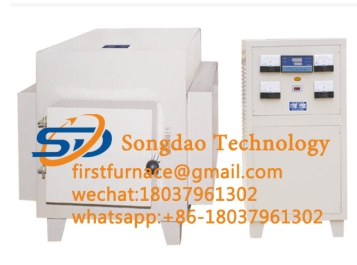- 07
- Oct
How to choose box type resistance furnace
ਕਿਵੇਂ ਚੁਣਨਾ ਹੈ box type resistance furnace
1. How to choose the quality of insulation materials?

First of all, you need to look at the temperature required for your experiment. For example, the common temperature of the experiment is 1500℃, then the insulation material of the box-type resistance furnace must be able to withstand the high temperature of 1600℃-1700℃, that is, the temperature of the electric furnace It can reach 1600-1700℃. This can meet your experimental requirements and achieve the longest possible life under normal use without abnormal conditions. Similarly, the experimental furnace with a commonly used temperature of 1700 ℃ needs to choose an insulation layer of 1800 ℃, so that it can be used. Conducive to experimentation.
2. The quality of the heating element of the high temperature experiment electric furnace is good or bad
It is not difficult to see that the heating elements selected within a certain range are different, so how to judge the quality of the heating elements of the box-type resistance furnace? First choose the appropriate heating element for the experiment, for example: the common temperature is 100 ℃, you can choose the resistance Wire or silicon carbide rods are used as heating elements, but silicon molybdenum rods cannot be used as heating elements. However, considering the price, the choice of resistance wire is of course cost-effective. The good working range of silicon molybdenum rod is 1200-1700°C, and the temperature below 1100°C has an impact on the life of silicon molybdenum rod.
3. The choice of shell material and quality:
How about the quality of the outer shell? The box-type resistance furnace manufacturer said that everyone should choose a furnace with good materials, similar to this kind of carbon steel sheet metal, and resolutely resist the furnace made of iron sheet, because the life of the furnace and the outer shell The material has a lot to do with it. The furnace is hot, and the thin iron sheet cannot be safe.
